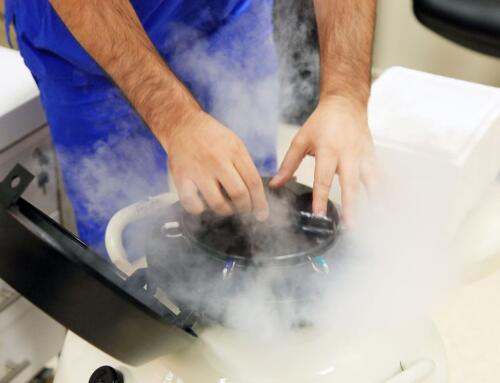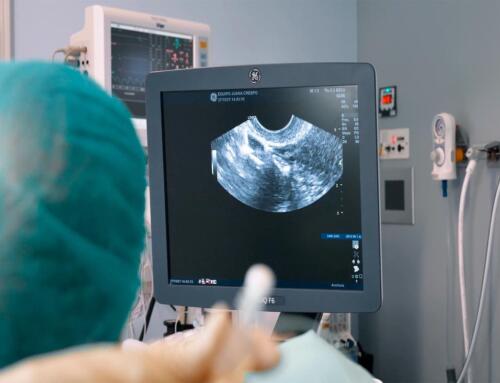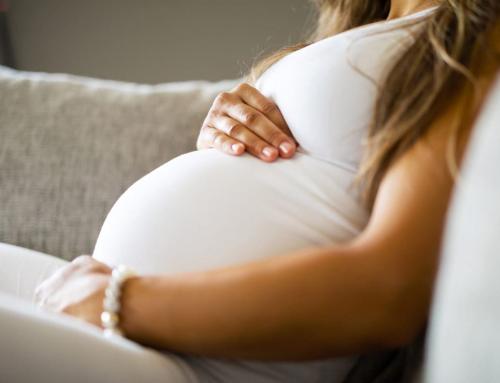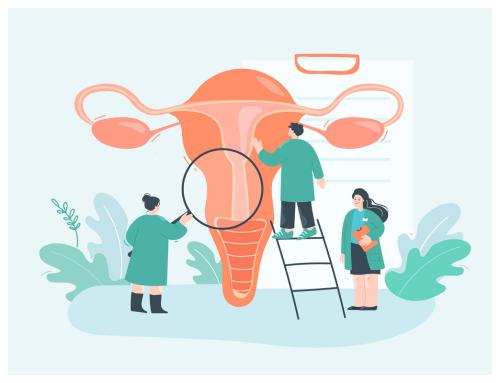The ovaries are the organs responsible for producing eggs and are therefore essential for reproduction. However, when they are affected by a disease such as cancer, their functionality, and capacity can be impaired, putting a woman’s fertility at risk.
But, is it possible to get pregnant after ovarian cancer? What options are there? Is it possible to have children with ovarian cancer?
Ovarian cancer, in figures
The Spanish Association Against Cancer (AECC) defines ovarian cancer as a situation in which the cells that make up and form the ovary begin to grow in an uncontrolled manner and spread, invading and destroying healthy tissues in the body.
This term also encompasses those tumors that occur in the fallopian tubes and peritoneum.
According to data from the AECC Observatory, in 2020, 3,543 new cases of ovarian cancer were diagnosed in Spain, and 1,993 women died from this disease in our country.
In this regard, and despite representing only 3% of all female tumors, ovarian cancer is currently the fourth leading cause of cancer death in women, after lung, breast and colon cancer, and the leading cause of mortality from gynecological cancer.
This high mortality is mainly due to two factors: late diagnosis due to its non-specific symptoms (in 70-80% of cases the disease is diagnosed at an advanced stage) and the absence of an effective method of early diagnosis.
Regarding prevalence by age, ovarian cancer is more frequent in postmenopausal women, as it has a maximum incidence between 50 and 75 years of age.
Even so, some types of tumors, especially those of genetic origin (about 20% of ovarian cancers are hereditary and are associated with mutations of the BRCA 1 and BRCA 2 genes), or non-epithelial tumors, can appear in young women, compromising their fertility.
Treatment of ovarian cancer: what are the consequences for fertility?
Ovarian cancer treatments include surgery and chemotherapy. In the first case, the objective is to remove the tumor tissue by means of an operation. In the second, drugs are administered intravenously to reduce the possibility of the tumor reproducing again.
When ovarian cancer occurs in young patients who have not yet had children (almost 12% occur in women under 44 years of age) and is detected at an early stage, conservative surgery is usually considered.
That is to say, it will be decided to remove the affected ovary or ovaries (if both are affected) or part of the ovary (cystectomy) leaving the uterus intact, so that the woman can become pregnant naturally. While when the patient has ovarian tissue she can use her own frozen eggs; when both ovaries must be removed, patients can become mothers using donor eggs (egg donation).
Ovarian cancer if the patient does not wish to conceive
In more serious cases or when the patient does not wish to preserve her ability to conceive, the option of removing both ovaries and the uterus or surgery for advanced cancer involving chemotherapy treatment before and after the operation will be considered. In any case, it is essential to be assessed by a multidisciplinary team led by gynecologic oncologists.
In the case of chemotherapy, one of the main side effects of such aggressive medication are hormonal changes, which can cause the absence of menstruation temporarily or permanently, and a decrease in the quantity and quality of eggs. This, in turn, can lead to future fertility problems or premature ovarian failure.
Therefore, upon diagnosis and before receiving treatment for ovarian cancer, it is advisable to consider all the options for preserving reproductive capacity so that, once the disease has been overcome, pregnancy can be achieved in selected cases.
Egg vitrification is presented as an alternative for preserving and planning fertility and becoming a mother after ovarian cancer.
This technique consists of extracting and freezing mature eggs to be used in the future with the same quality as when they were extracted. The technique is safe and fast, as we explain in this article on “what does egg vitrification consist of”, and allows the vitrified eggs to be kept for as long as the patient needs them and until the disease is overcome.
Ovarian cancer during pregnancy: approach
Ovarian cancer is a rare complication during pregnancy. However, when it does occur, it represents a complex problem that requires individualized management according to the gestational age, the stage and histological type of the tumor, or the patient’s genetic desires.
The main objective will always be to minimize the risks, both for the mother and the fetus.
Most of the tumors detected in pregnancy are benign and are usually diagnosed by chance, when an ultrasound is performed in the first trimester or because the pregnant woman manifests some kind of discomfort or pain.
To determine whether the tumor is malignant or not, different tests are performed, such as ultrasound and MRI.
Benign tumors
In the case of benign cysts, there is usually no intervention. Although they are usually removed outside pregnancy, it is not necessary during pregnancy: what is done is to monitor them, acting only in the event of rapid enlargement or torsion.
Both in case of risk of torsion and in the case of endometriomas, the operation is performed laparoscopically. Torsion, in addition to causing severe pain in the pregnant woman, can also cause the vessels that support the ovary to collapse and cease to nourish it adequately, making it necessary to remove it.
After the operation, the pregnant woman will be given progesterone and/or uteroinhibitors to prevent miscarriage or premature delivery.
Malignant tumors
In the event of the appearance of a malignant tumor during pregnancy, the doctors will evaluate all the options, including both the interruption of the pregnancy and its prolongation, at least until the baby can be safely removed.
If the patient wishes to continue with the pregnancy, an operation will be performed to try to remove as much of the tumor tissue as possible and a first course of chemotherapy will be given.
The chemotherapy can be administered after 14 weeks without causing major alterations in the fetus.
When the baby is born, the corresponding surgical protocol and the necessary chemotherapy treatment will be applied.
Ovarian vitrification has become one of the most widely used techniques to preserve female fertility in women suffering from endometrial, cervical or ovarian cancer. If you have any questions about this or other issues related to your reproductive health, please contact us.
















